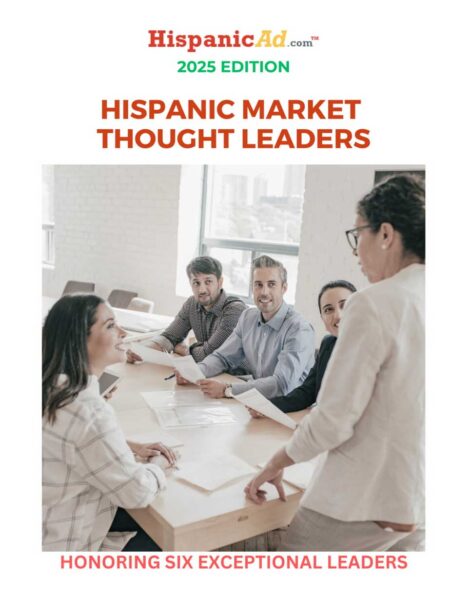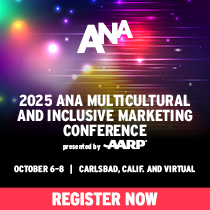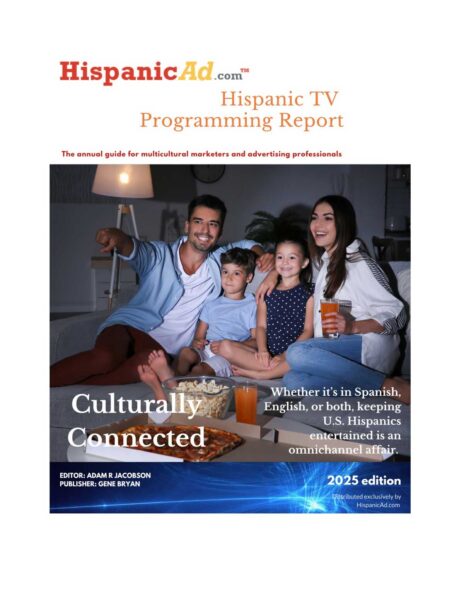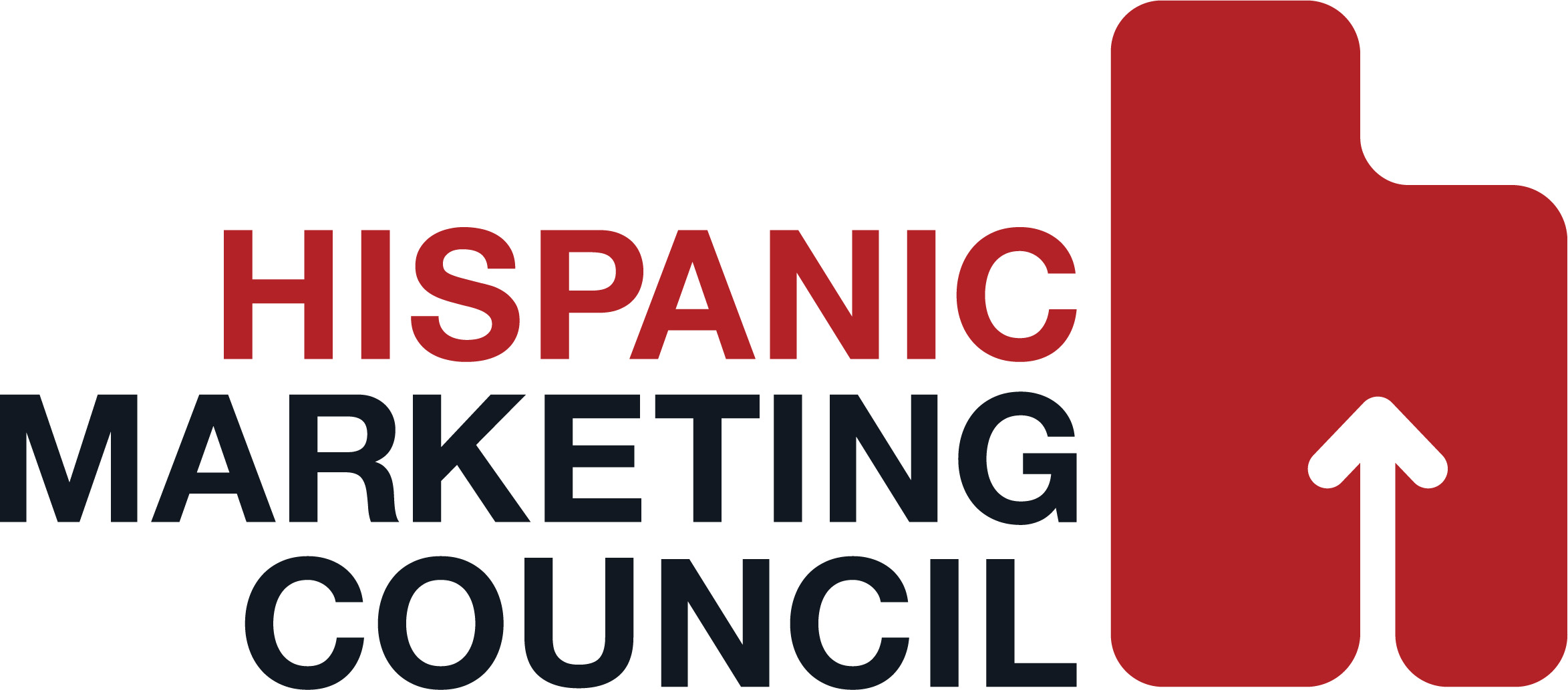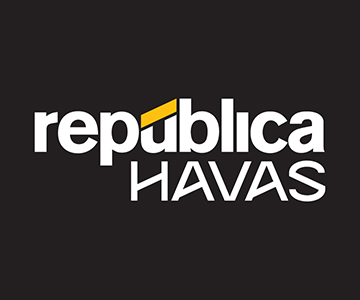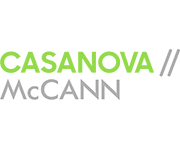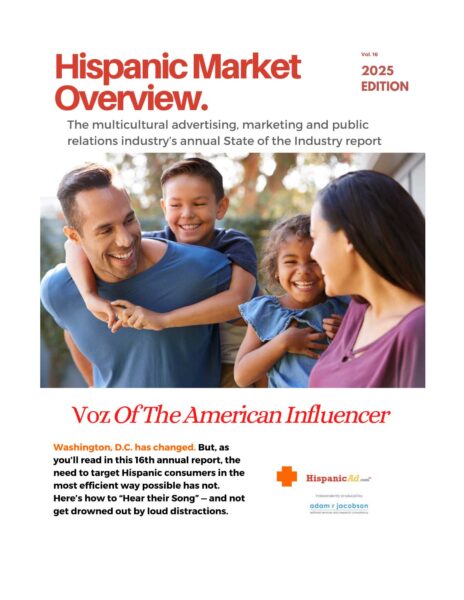Raising the Bar in Health-Related Research [INSIGHT]
 It is a common situation faced by healthcare providers today. A patient, unable to communicate well in English, arrives for treatment and often waits longer than other patients to receive treatment, may not fully understand the treatment that they are receiving, and sometimes bring a different set of cultural values and experiences with health care providers. Depending on the language and staffing support available, the outcome for the patient becomes a risky situation. By Edward T. Rincón, Ph.D.
It is a common situation faced by healthcare providers today. A patient, unable to communicate well in English, arrives for treatment and often waits longer than other patients to receive treatment, may not fully understand the treatment that they are receiving, and sometimes bring a different set of cultural values and experiences with health care providers. Depending on the language and staffing support available, the outcome for the patient becomes a risky situation. By Edward T. Rincón, Ph.D.


 By Gonzalo López Martí @LopezMartiMiami
By Gonzalo López Martí @LopezMartiMiami
 HispanicAd.com has offered over the last week immediate coverage of the programming offerings of all Hispanic TV Networks. To access each Network’s information, we have complied a list fo easy links to facilitate your Knowledge Base.
HispanicAd.com has offered over the last week immediate coverage of the programming offerings of all Hispanic TV Networks. To access each Network’s information, we have complied a list fo easy links to facilitate your Knowledge Base. As the economic resurgence of many states over the past year, has been largely through middle-skilled* jobs, Multicultural (MC) Millennials may now be getting their turn
As the economic resurgence of many states over the past year, has been largely through middle-skilled* jobs, Multicultural (MC) Millennials may now be getting their turn Just a few weeks ago, I had the opportunity to address a gathering of marketers from the New York financial services community, about optimizing ROI through sports. While my remarks centered largely on best practices in assessing sponsorship impact, I prefaced those perspectives with a brief look at the potential rewards that can be derived from a well-planned and thought-out sports marketing partnership.
Just a few weeks ago, I had the opportunity to address a gathering of marketers from the New York financial services community, about optimizing ROI through sports. While my remarks centered largely on best practices in assessing sponsorship impact, I prefaced those perspectives with a brief look at the potential rewards that can be derived from a well-planned and thought-out sports marketing partnership. Beyond messaging, how do segments vary in their usage of communication channels and devices? Does channel access vary across age or income “segments”? With respect to health care insurance, do concerns over the exchange of personal information affect communication channel preferences?
Beyond messaging, how do segments vary in their usage of communication channels and devices? Does channel access vary across age or income “segments”? With respect to health care insurance, do concerns over the exchange of personal information affect communication channel preferences? Univision Communications Inc. and T-Mobile US, Inc. are joining forces to launch Univision Mobile, a wireless service created specifically for Hispanic Americans.
Univision Communications Inc. and T-Mobile US, Inc. are joining forces to launch Univision Mobile, a wireless service created specifically for Hispanic Americans. In addition to ongoing primetime favorites like “100 Latinos Dijeron” featuring host Marco Antonio Regil and a newly rebranded national news platform, “Noticias MundoFox con Rolando Nichols”, upfront attendees learned about the vision for MundoFox, and enjoyed a sneak peek of the upcoming primetime series set to air during broadcast year 2015
In addition to ongoing primetime favorites like “100 Latinos Dijeron” featuring host Marco Antonio Regil and a newly rebranded national news platform, “Noticias MundoFox con Rolando Nichols”, upfront attendees learned about the vision for MundoFox, and enjoyed a sneak peek of the upcoming primetime series set to air during broadcast year 2015 ESPN Deportes put major focus on live sports events beyond the World Cup during its Upfront presentation, which took place this morning in New York City. Over the next year, the Spanish-language sports brand will present the most comprehensive offering of live sports available on all U.S. Spanish-language media, including the 2015 Pan American Games, Euro Qualifiers and American sports. During the presentation, the brand also reinforced ESPN’s total market approach to highlight the company’s reach and content options available to better serve Hispanic sports fans and advertisers across both languages, further supported by ESPN Deportes’ multimedia positioning in the marketplace.
ESPN Deportes put major focus on live sports events beyond the World Cup during its Upfront presentation, which took place this morning in New York City. Over the next year, the Spanish-language sports brand will present the most comprehensive offering of live sports available on all U.S. Spanish-language media, including the 2015 Pan American Games, Euro Qualifiers and American sports. During the presentation, the brand also reinforced ESPN’s total market approach to highlight the company’s reach and content options available to better serve Hispanic sports fans and advertisers across both languages, further supported by ESPN Deportes’ multimedia positioning in the marketplace. Jackie Hernandez was promoted to the newly created position of chief marketing officer of Hispanic Enterprises & Content at NBCUniversal.
Jackie Hernandez was promoted to the newly created position of chief marketing officer of Hispanic Enterprises & Content at NBCUniversal. Univision Communications Inc. (UCI) hosted its annual Upfront presentation in New York to unveil its 2014-15 programming line-up and showed marketers that UCI can provide them a powerful engine for growth fueled by influence: UCI’s influence on Hispanics, Hispanics’ influence on other Hispanics, and Hispanics’ influence on America.
Univision Communications Inc. (UCI) hosted its annual Upfront presentation in New York to unveil its 2014-15 programming line-up and showed marketers that UCI can provide them a powerful engine for growth fueled by influence: UCI’s influence on Hispanics, Hispanics’ influence on other Hispanics, and Hispanics’ influence on America.  Young adults coming of age today grew up in boom times, always believing that bright futures awaited them. But as they embark on their adult lives in the wake of the 2008 economic crash, they’ve experienced many challenges. How have they revised their expectations in this “Next Normal”? And when they have time for fun, what do they do?
Young adults coming of age today grew up in boom times, always believing that bright futures awaited them. But as they embark on their adult lives in the wake of the 2008 economic crash, they’ve experienced many challenges. How have they revised their expectations in this “Next Normal”? And when they have time for fun, what do they do?
